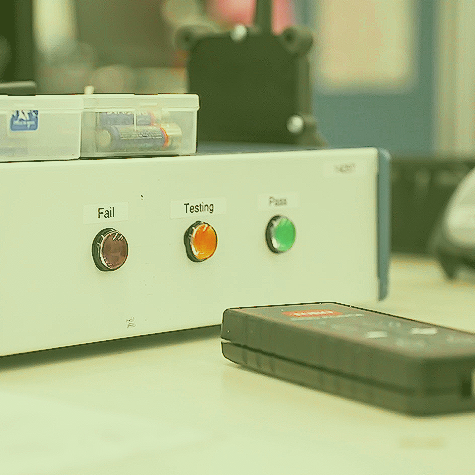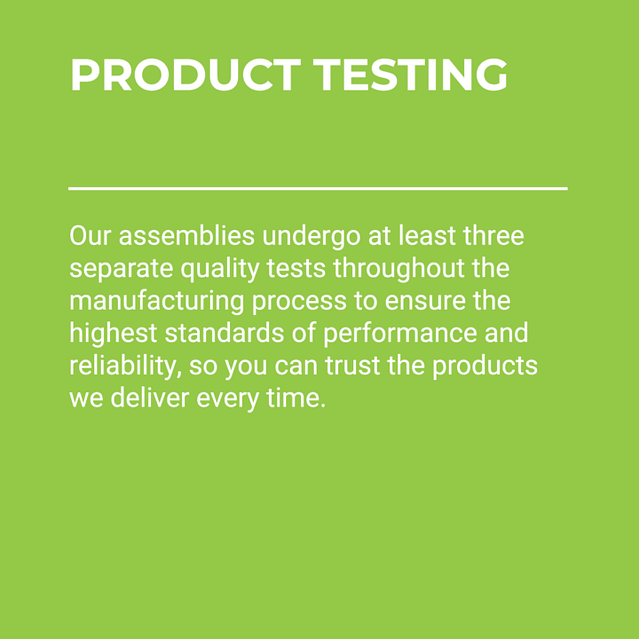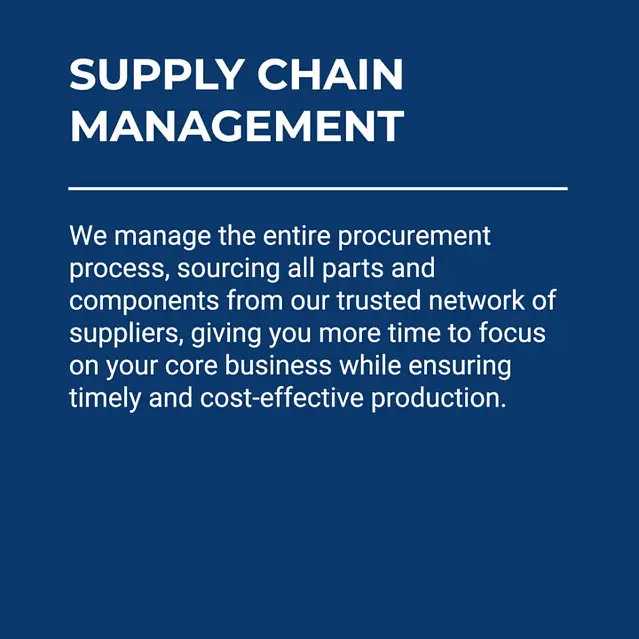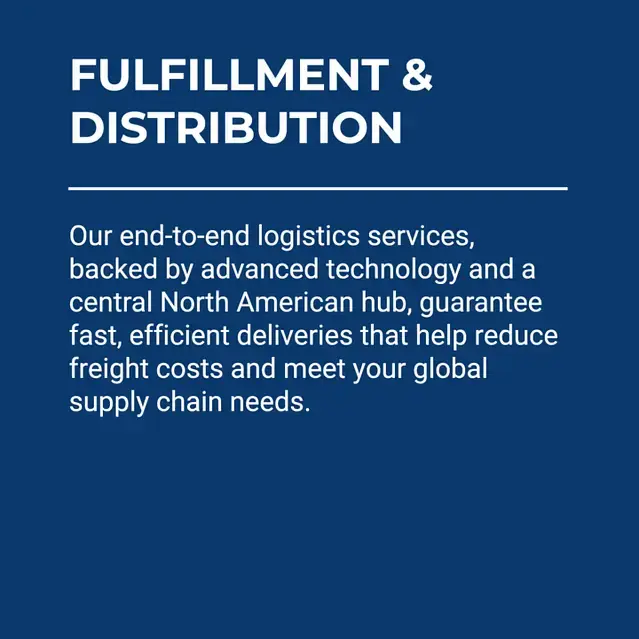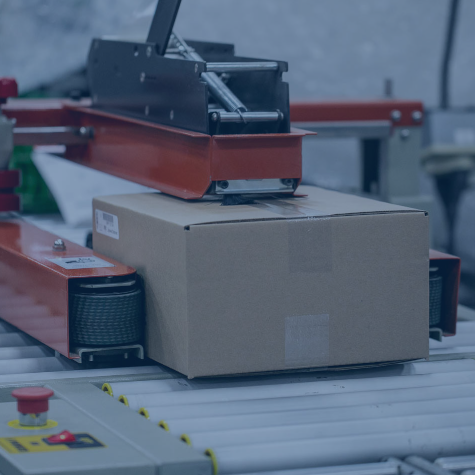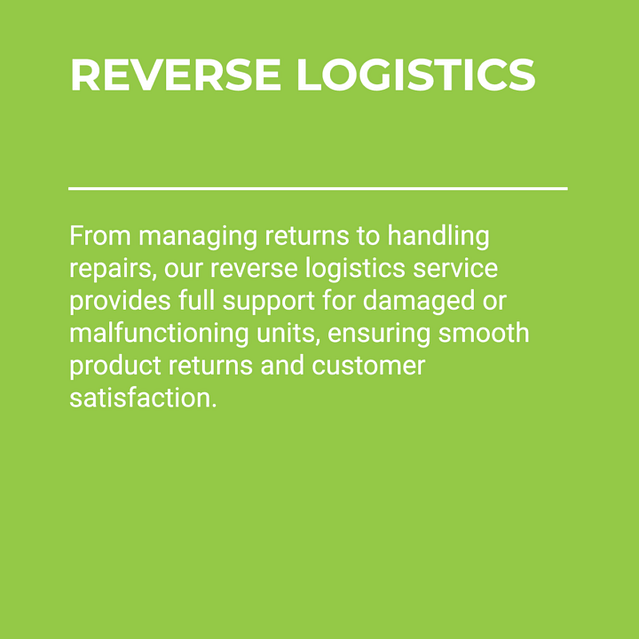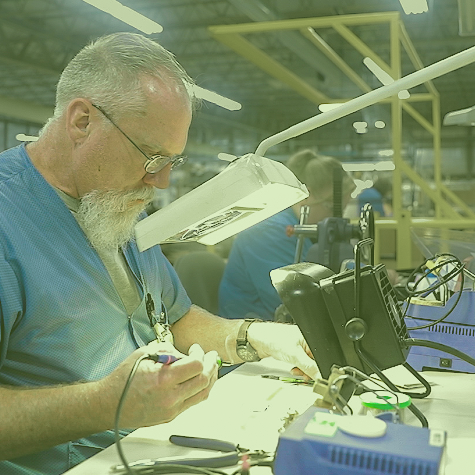The printed circuit board (PCB) industry is one of the fastest-growing sectors today. Experts forecast its worth will be nearly $76 billion by 2025. What’s more, PCB technologies have advanced significantly over the last decade. These advancements have been largely fueled by the rapid growth of the industry and the demand for more functionality. And so far, it shows no signs of slowing down.
What is the Internet of Things?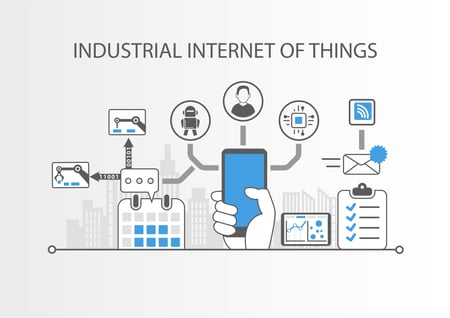
One of the most notable and transformative innovations in the electronics sector is the Internet of Things (IoT). The IoT is the use of the internet in physical devices and everyday objects. As the name implies, these devices have internet connectivity. They also have other necessary hardware, like sensors or processors, that measure and report data in real-time.
IoT is a broad concept, as the “thing” can refer to a wide range of objects. They range from a vehicle with sensors to an animal with a transponder.
Other examples of connected devices include:
- Smart lighting and thermostats.
- Smartwatches.
- Wearable medical devices.
- Hand-held electronics in manufacturing facilities.
IoT technologies are present in nearly every aspect of our lives. And the demand for connected devices, especially wearables and hand-helds, is only expected to grow. As a result, companies across nearly every industry use connected devices to operate more efficiently. These devices access real-time data to enhance decision-making and add value to the business.
Connected technologies are everywhere. From smart factories with automated manufacturing to construction with hand-held devices and aircraft with smart sensors. And at the heart of each device is a PCB.
The IoT and connected devices continue to spread rapidly as the demand grows for these electronics. Industries realize that nearly every device needs to be smart in the digital era.
As a result, original equipment manufacturers (OEMs) are pushing to provide designs that deliver higher performance and advanced functionality. As new trends emerge, PCB processes must all adapt to the advancements of today’s and tomorrow’s electronics industry.
PCB Trends in 2022 and Beyond
Given how rapidly the electronics industry has evolved in recent years, there are several key PCB innovations to watch. Below are some of the latest PCB innovations and trends.
It should be noted that PCB assembly (PCBA) is becoming more complex over time. Pressure continues to increase to deliver high-quality PCBs at faster turnaround times. This has pushed many OEMs to outsource their PCBA, hoping to save time and money. Instead, they partner with a contract manufacturer specializing in their manufacturing area. When selecting a partner, OEMs must team up with professionals, like RiverSide Integrated Solutions (RIS), that employ advanced technologies. At RIS, we focus on meeting the challenges of new PCB innovations and keeping up with the ever-evolving trends.
High-Power PCBs
PCB technologies now enable the production of high-power PCBs that can manage voltage at 48V and above. Because of this advancement, a broader range of electronics can use higher power boards. These boards can also accommodate more components, increasing their functionality beyond the typical PCB design.
The trend for more high-power PCBs continues to grow. This is especially true as the demand for electric vehicles and other applications expands.
MINIATURE PCBS
The need for smaller, lighter and thinner PCBs continues as demand accelerates for more portable and higher functionality electronics. This includes hand-held and wearable IoT devices for consumer and commercial markets.
High-density circuitry is an amazing advancement that has enabled the tinier, more tightly packed boards necessary for these devices. These high-density boards also reduce the need for layering, often resulting in lower production costs. For these reasons, high-density PCBs are gaining popularity in smart devices.
Additionally, consumers expect connected devices to deliver long battery life, requiring PCB designs to provide robust power management systems. OEMs and contract manufacturers must keep up with these rapid advancements. That means investing in technology that can manufacture and assemble smaller boards with more compact components.
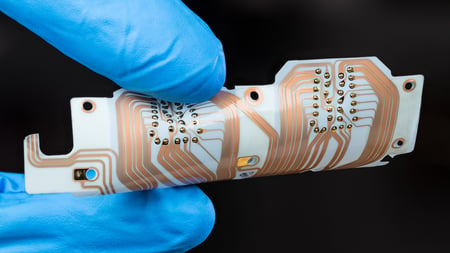
MORE FLEXIBLE PCBS
Traditional PCBs are rigid and inflexible. One of the recent trends is toward more flexible PCBs. These are categorized as flex. These boards bend more and can withstand more movement than traditional boards.
They are also able to withstand harsher conditions than rigid PCBs. Flex PCBs are often more impact resistant, such as the impact of dropping a cell phone.
A third category of PCBs is rigid-flex or semi-flex, a hybrid option that offers
offers the best attributes of both technologies. Rigid-flex PCBs typically contain flexible layers attached to one or more rigid boards.
In order to remain competitive, contract manufacturers must broaden their expertise and their associated assembly processes.
MORE SUSTAINABLE PCB DESIGNS
As the demand for electronics continues to climb, so does the concern over electronics waste. To address this issue, many OEMs focus on more sustainable designs. This includes biodegradable PCBs or recycling and reusing metals used in PCB manufacturing.
There are many benefits to pursuing more environmentally friendly operations. From waste reduction to efficiency gains, improved brand reputation and the ability to meet new regulations. All of these options provide OEMs a more competitive edge.
MORE RELIANCE ON AUTOMATION IN PCB MANUFACTURING
OEMs rely more heavily on process automation technologies to deliver high-quality products rapidly to market. The additional automation provides productivity and speed benefits. It also reduces labor costs and the risk of error during operations.
Finally, automation and robotics also allow for easier customization and modifications. Design changes can be made by simply modifying the software input.
RIS PCBA EXPERTISE
At RIS, PCB assembly is one of our core competencies. We provide reliable, seamlessly-assembled printed circuit board systems built with extreme precision.
Our skilled engineers, technicians and assemblers work to expertly put together a complete PCBA. When you choose RIS, you can expect the hands-on customer care of a small operation with the capabilities characteristic of a larger company. We provide our complete electronics manufacturing services for OEMs in any industry.
Our electronics assembly expertise includes:
- Surface Mount Technology (Fine-pitch, BGA (1 mm), µBGA (.4 mm), 01005, X-Ray, automated rework, and automated optical inspection (AOI)
- Magazine to Magazine handling
- Smart Shelving floor stock inventory control
- X-ray reel counting
- Lead-through auto-insertion (Axial, Radial, DIP, and Zierick Terminals)
- Wave Solder and Selective Solder Machines (No-clean & aqueous flux processes) RoHS and Tin/Lead capabilities
- Special Application Equipment (Cobot dispensing systems)
- Conformal coating (Silicone, Urethane)
- Potting (Epoxy, Urethane, and Silicone)
- Low-pressure molding technology
- Comprehensive product testing
- 3D Printing
About RiverSide Integrated Solutions:
RIS is an advanced contract manufacturer providing robust solutions in circuit board assembly and product assembly. We employ more than 350 people and provide services to OEMs worldwide. We operate two state-of-the-art manufacturing facilities within the US.
With all of the choices in contract manufacturers out there, we know it can be challenging to find someone who understands your business model and has your best intentions in mind. RIS has always proven to be a win-win-focused relationship.
As your one-stop shop, we have the capabilities, capacity, quality assurance standards and resources to support all of your manufacturing needs. We understand that supply chain management is complex and very time-consuming, so we urge our customers to utilize us in the fullest capacity.
Our total-package solutions include:
- Dedicated Program Team
- Extensive supply-chain network for efficient parts procurement and kitting
- Subassembly and full box-build
- Warehousing and drop-shipping capabilities
- Reverse logistics
- Flexible order fulfillment
- Scalability to meet your needs
Contact us today at (507) 523-3220 to see how we can help with your manufacturing project, or click contact us for a quote.





